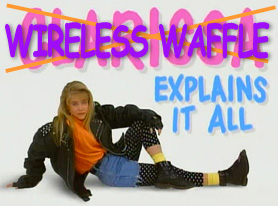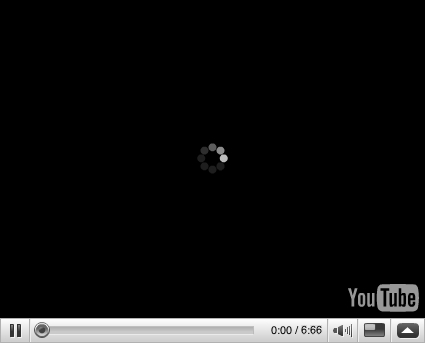Friday 4 April, 2014, 09:57 - Much Ado About Nothing
Posted by Administrator
Posted by Administrator
 When using your mobile phone, smart phone or tablet have you ever noticed that next to the signal strength bars (usually found at the top of the screen), there is often a letter (or two) that seem to change almost at random as you move around, and even sometimes when you aren't moving at all? Have you ever wondered what these letters are there for and what the implications of them changing from one letter to another are? Well wonder no more because the answers are about to follow, as Wireless Waffle explains it all...
When using your mobile phone, smart phone or tablet have you ever noticed that next to the signal strength bars (usually found at the top of the screen), there is often a letter (or two) that seem to change almost at random as you move around, and even sometimes when you aren't moving at all? Have you ever wondered what these letters are there for and what the implications of them changing from one letter to another are? Well wonder no more because the answers are about to follow, as Wireless Waffle explains it all...| Letter(s) | Meaning | Typical Connection Speed | Explanation | G or GPRS | GPRS | 10-20 kbps |  This is a 2G service and is the slowest connection you can get. It's often achingly bad. This is a 2G service and is the slowest connection you can get. It's often achingly bad. |
|---|---|---|---|
| E or EDGE | EDGE | 50-60 kbps | This is also 2G and the second slowest connection - theoretically up to 384 kbps but almost never this fast. Think 'dial-up' internet (if you can remember back that far). |
| 3G | 3G | 80-100 kbps | This is the original 3G mobile system and is good (compared to GSM) but still not brilliant. |
| H | HSPA | 0.5-2 Mbps | A truly broadband wireless connection with good real-life connection speeds. |
| H+ | Evolved HSPA (or HSPA+) | 2-8 Mbps |  An even faster connection, might even be termed 'zippy'. An even faster connection, might even be termed 'zippy'. |
| 4G or LTE | LTE | 5-20 Mbps | Finally a network that is not just fast, but almost reliable too. |
| 4G+ | LTE using carrier aggregation. | 20-100 Mbps | The fastest connections available today. |
| R | Roaming | - | Beware - this means you are connected to a network outside your home country and data costs could be astronomical! The R is sometimes shown in a triangle. |
| X | No signal | - | On some phones, an X appears above the signal bars if there is no signal at all. |
Note that the typical connection speeds given above are those that are generally achieved in real-life. Though in theory the technologies used can offer faster connections, much depends on how many users are in a cell and what they are doing, how close to the centre of the cell you are, whether you are stationary or on the move, and a whole host of other factors.
Arrows (sometimes coloured, and sometimes integrated into the signal bars) pointing up and down are also illuminated. This just shows whether you are downloading (the downward arrow) or uploading (the upward arrow) data to the mobile network.
 In addition, the number of bars shown on your signal meter will also affect how good your connection is. So a '3G' connection with all signal bars lit might be better than a 'H+' connection with only one bar lit. However a full strength signal may not necessarily mean a fast connection as most phones show the 'strength' of a signal and not the 'quality' It's quite possible to have a full strength signal that's suffering lots of interference and thus is bad quality.
In addition, the number of bars shown on your signal meter will also affect how good your connection is. So a '3G' connection with all signal bars lit might be better than a 'H+' connection with only one bar lit. However a full strength signal may not necessarily mean a fast connection as most phones show the 'strength' of a signal and not the 'quality' It's quite possible to have a full strength signal that's suffering lots of interference and thus is bad quality.What does any of this matter? It doesn't really, but if you are wanting to view a YouTube video and your phone is showing 'G' or 'E', the chances of you getting a fast enough connection are virtually nil.
2 comments
( 853 views )
| permalink
| 



 ( 2.8 / 1932 )
( 2.8 / 1932 )




 ( 2.8 / 1932 )
( 2.8 / 1932 )

